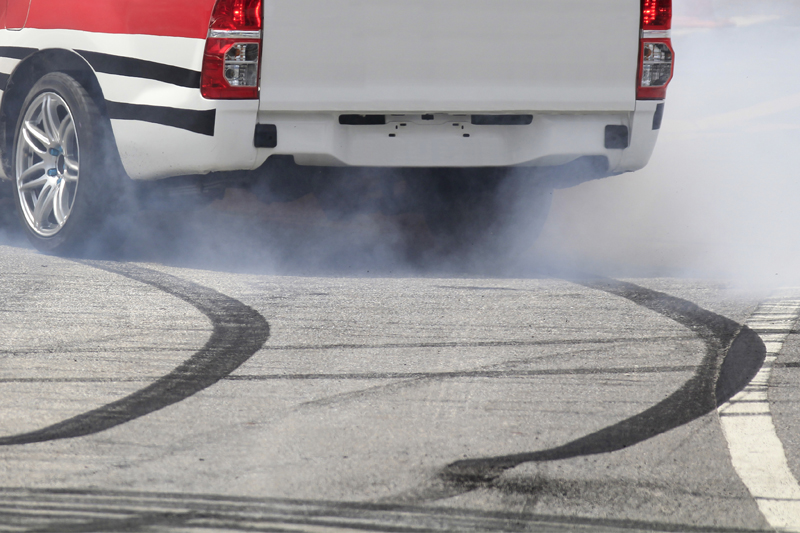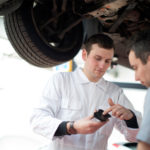Delphi discusses how to effectively diagnose brake pad wear, which helps to streamline repair processes and ensure that customers are happy.
Brake pad wear is a minefield, and the path through its can be complex and fraught with uncertainty. Drivers are often worryingly oblivious to component wear and therefore ignore the early warning signs. However, there are many different types of pad wear, caused by a myriad of factors. Braking manufacturer, Delphi Technologies, helps provide some clarity and shares helpful best practice advice.
The ability to quickly identify the type of brake pad wear is a great way to streamline fault diagnosis and repair, helping to boost customer confidence by reducing both their time off the road and potentially their bill size. This promotes customer loyalty, reduces the risk of customer returns, and ensures that workshops are run efficiently and profitably.
“Even wear across the inside and outside of the brake pad should be expected,” explains Delphi’s Marco Lagomarsini. “This means that the braking system has been functioning correctly and you’ll only need to replace the pads and hardware, and service the caliper guide pins and slides.
“Finding outer pad wear, however, is a sign that the mounting hardware is causing the caliper to seize. This results in the caliper failing to retract fully from the disc, creating unwanted drag, even when the brakes are not in use. This is usually caused by seized sliders, guide pins and dry bolts, and is normally remedied through servicing of the mounting hardware, lubrication of the sliders and pad replacement.”
Inner pad wear is often a sign that the caliper piston is failing to return to its rest position. A common cause of this is a damaged or rusty caliper, or even an issue with the master cylinder. Delphi recommends inspecting the caliper for signs of damage to the guide pin hole or piston boot and checking the hydraulic system for residual pressure.
This leaves tapered pad wear, glazed or cracked pads and overlapping pad wear. Tapered pad wear is where the friction material is worn in a wedge-like pattern and is usually a sign that the pad has been incorrectly installed. However, worn guide pins and a seized slider can also be a cause. If this is the case, Delphi suggests a caliper hardware service or the replacement and lubrication of sliders.
Glazed or cracked pads display physical damage that is usually caused by excess heat. The most common causes are overuse, an improper break-in of new pads, seized calipers, a faulty pad or a sticky parking brake. A simple pad replacement, or freeing off or adjustment of a parking brake normally remedies the situation, unless caliper repair or replacement is required.

Bedding is also an important process that should not be overlooked. 30 stops, from 30 to 0mph, with at least 30 seconds between is a good rule of thumb.
“Of course, one of the best methods of preventing accelerated wear is through the fitting of OE-quality pads,” explains Lagomarsini. “We recently tested our brake pads fitted to a VW Touareg II V6 TDI against other market leaders and the OE. Our pad outperformed the aftermarket brands, delivering exceptional stopping power, control and brake-fade stability, while braking quietly and wearing less, for an all- round high-performance brake pad.”
The company claims that this testing also saw Delphi’s brake pads on the front axle – where most of the braking is performed – wear 0.1mm less than the next closest aftermarket brand, and 1mm less than the worst after 2,140 stops at different speeds and pressures. On the rear axle, the results were similar.
Lagomarsini concludes, “When choosing a brake pad, consumers are often forced to compromise on one or more of the key performance criteria. Take a pad which stops quickly. It might also wear quickly, whereas a longer lasting component may generate more noise. This shouldn’t be the case, and it isn’t with Delphi. Our pads achieved the optimal balance between noise, wear and stopping performance, whilst more than handling the additional demands associated with higher speed braking, for a superior quality pad that technicians can fit with confidence.”
“Of course, one of the best methods of preventing accelerated wear is through the fitting of OE- quality pads.”










